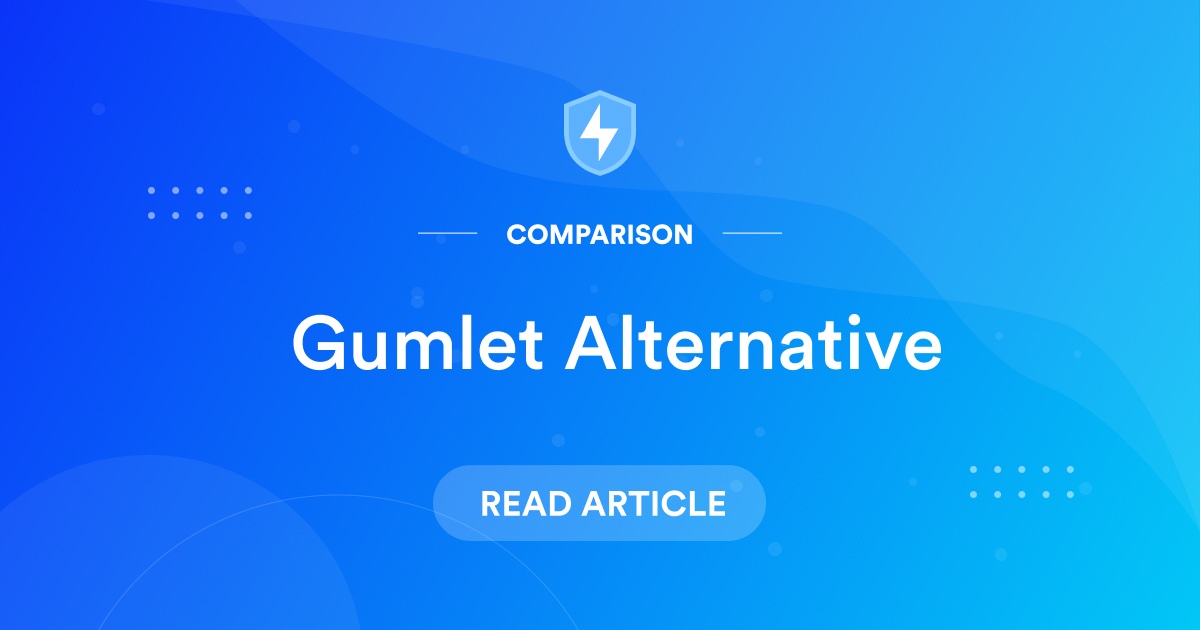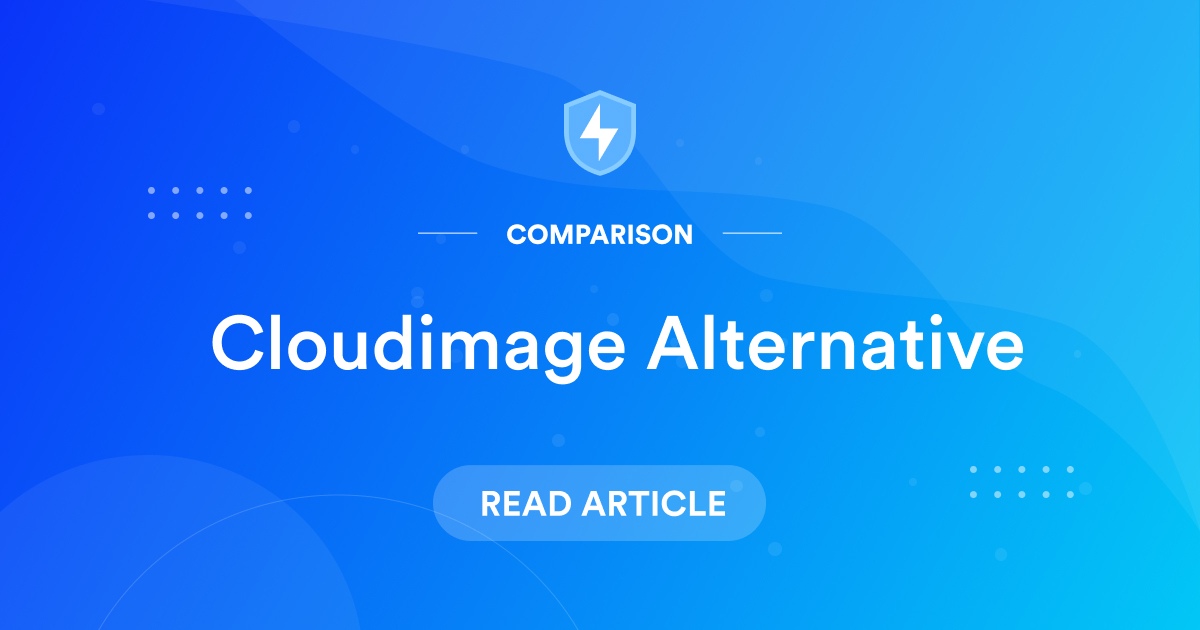7 Reasons Why You Need to Optimize Images for WordPress Right Now
December 19, 2020
Clik here to view.

In this post, we’ll share with you the impact that images have on your website, seven reasons why it’s critical you’re optimizing the images on your WordPress website as well as the inherent benefits that come along with it.
The top websites use images to grab attention or emotionally impact their visitors from the start as users comprehend images much faster than they do paragraphs of text.
It makes sense as they say a picture is worth 1,000 words, right?
Let’s take Apple for example, for every image on their homepage there are roughly only 5 to 10 words to complement it.
Clik here to view.

They’re capturing your attention by using brilliant looking images and sparking curiosity towards their calls to action.
This is an extreme example, yet they’ve just become the world’s first trillion dollar company – so they must be doing something right.
As the rest of the web transitions to image-rich websites, we tend to overlook that these gorgeous looking images are massive in file size.
Take a look at this incredibly relaxing beachfront sunset we’ve downloaded from Unsplash. If we were to simply upload the original image file to our WordPress Website, it would result in a file over 2.4 MB that would take ages to download.
Clik here to view.

Now imagine having five more images on the page with a similar weight, the cumulative file size of the page quickly becomes over 15 MB.
What’s often overlooked is that every time a new user visits your website, that 15 MB worth of images needs to load and display on their device.
We may have waited in the past but nowadays most people quickly leave the slow-loading page and visit a faster-loading competitor’s website.
That’s because having unnecessarily large images drags down your website’s speed and performance without enhancing the user experience.
Unfortunately for most businesses and bloggers slow loading images are often overlooked as we’re caught up in day-to-day operations, supporting customers, and focusing on more ‘profitable’ tasks.
It’s too easy to drag and drop massive images from your hard drive into your media library and publish them with little to no thought of the end user’s experience or lost ‘profits’ due to users leaving the page before it loads.
Apple recognizes this problem and solves it using image optimization.
Remember how our one photo was a whopping 2.5 MB? At the time of this post Apple had 10 stunning images on it’s homepage; however, these 10 images amount to just 294 KB of space and will quickly load anywhere in the world.
These big companies understand the importance of optimization and maximizing their customer’s experience.
So What is Optimization?
Webster’s Dictionary defines optimization as:
Clik here to view.

The key takeaway is that optimization is the method of making something as effective as possible.
This can pertain to almost anything in life; however, in this article we’re focused exclusively on Image Optimization – finding the ideal balance of loading speed and image quality.
This perfect balance can vary from site to site and is what best fits your website’s needs. It’s easy to compress (or shrink image file size) to the point where an image loads as just 1 KB, but in comparison to the original, the new image may be significantly worse in quality.
In the case of image optimization, you want as small of a file size as possible, without clear or visible losses in quality.
That’s the key part, you want to shrink the images file size down as much as possible, without the viewer ever noticing a difference between the original and compressed image.
In the past you would have had to go into Photoshop and manually find the balance of compression and visible quality over and over again, on all of your images before you upload.
Luckily, if you have a WordPress website we’ve created a completely effortless solution for optimizing your images on complete Autopilot.
That’s the key part, you want to shrink the images file size down as much as possible, without the viewer ever noticing a difference between the original and compressed image.
In the past you would have had to go into Photoshop and manually find the balance of compression and visible quality over and over again, on all of your images before you upload.
Luckily, if you have a WordPress website a new plugin created a completely effortless solution for optimizing your images on complete Autopilot.
We’ll get into the effortless and fully automated solution later, but for now let’s go over 7 Reasons You Need to Optimize Your Website’s Images Right Now.
Smaller File Sizes Lead to Significantly Faster Loading Times
As previously mentioned, images can be very heavy and drag down your website’s performance. With shortened attention spans and image-rich websites, unoptimized images lead to users stuck waiting that will inevitably leave the page.
Properly optimizing your images will lead to lower file sizes that take less time to load and maintain no visible loss in quality.
Faster Load Times Lead to Lower Bounce Rates
We’ve all been to that website that feels like it takes years to load, and as you now know, unnecessarily large images are a top cause of slower load times.
A recent study found that 40% of people will abandon a website that takes more than 3 seconds to load.
If you keep heavy images on your page users will leave the page or “bounce” to another website without viewing any of the content that you’ve worked so hard on.
The faster your page and images load, the better chance you have of keeping them engaged and clicking through your site.
Lower Bounce Rates Lead to More Conversion
In addition to lower bounce rates, you may see a dramatic increase in conversions – whether this be clicks, downloads, email signups or more sales.
Users are inclined to use your website when images load fast and capture their attention to spark action. On the flip side, it’s more important that slow loading images are not negatively impacting your users experience.
A specific study showed a 1 second delay in page response can result in a 7% reduction in conversions.
Lightweight Images Lead to Improved Search Engine Rankings
According to Moz, an industry leader for SEO, “Google has indicated site speed (and as a result, page speed) is one of the signals used by its algorithm to rank pages.”
Optimizing your images helps prevent you from being penalized for a slow loading website.
Nowadays, Everything is Mobile First
We’re glued to our phones now more than ever. If you’re not reading this article on your phone right now I’m sure it’s just an arms reach away.
However, download speeds using mobile data are significantly lower than on WIFI or your hardwired connection.
With slower download speeds, it takes even longer to download these massive images on mobile. This dramatically multiplies the impact of a slow-loading image and quickly turns users away from your site
When you optimize your image from 2.5 MB to just 36 KB, as in the beach sunset example, the image will load up to 100x faster while maintaining visual integrity.
Typically, Digital Displays are Smaller than the Original Image Size
On a similar topic, think how much smaller the screen is on your mobile phone rather than your laptop or monitor. Compare that to the original high resolution image that can be printed on a billboard. The original image files are usually way too big for digital viewing.
Most mobile phones are no more than 600 pixels wide and even 4K High Resolution monitors are only 2160 px – meaning that 4920×3264 pixel high-res photo is carrying extra weight, even on the highest resolution screens.
Keep in mind that most images then only take up ½ or ⅓ of the screen while white space, text or other content makes up the remainder.
By resizing your images as a part of optimization you can shrink file size and significantly increase your website’s loading speed.
Smaller File Sizes lead to Increased Performance, Less Bandwidth Usage and Server Space Savings
This final reason is often overlooked, as there is a general assumption the web is infinite.
Your WordPress media library takes up space on your server for daily backups, eats into your host’s allocated bandwidth, and can drag down your server’s performance when having to load large file sizes to thousands of visitors simultaneously across the globe.
By optimizing your images, you can clean up your media library and open up 70-90% more space, saving you money while increasing your website’s speed and performance.
It’s strongly recommended to keep a backup of the original image until you are fully satisfied with the output image as optimization is a process – not a one size fits all solution.
More Articles
Clik here to view.

Incredible Gumlet Alternative | 1 on 1 Comparison
Clik here to view.
Incredible ShortPixel Alternative | 1 on 1 Comparison
Clik here to view.
